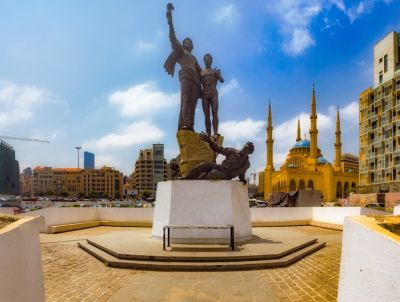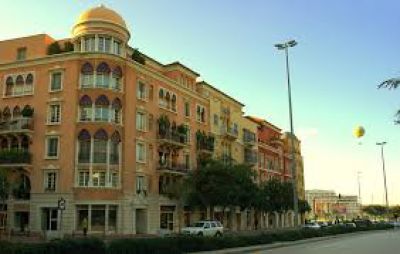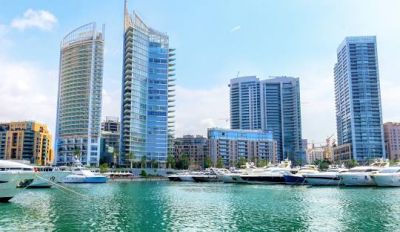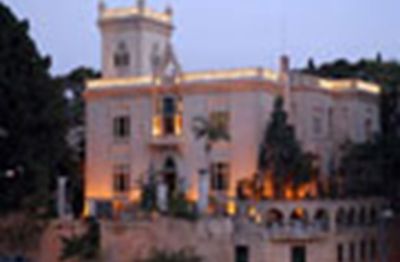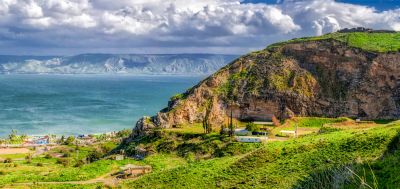Al-Omari Grand Mosque – A Historical Landmark in Beirut, Lebanon
The Al-Omari Grand Mosque, located in the heart of Beirut’s Central District, stands as a testament to the city’s rich historical tapestry. This mosque, with its intricate architecture and compelling past, has been a focal point for worshippers and tourists alike, reflecting a blend of various cultures and epochs that have left their marks on this landmark.
A Historical Overview
The Al-Omari Grand Mosque began its existence as the Church of St. John the Baptist, constructed by the Crusaders in the 12th century. After the Mamluks seized Beirut, the church was transformed into a mosque in 1291, signifying a pivotal shift in the city's cultural and religious landscape. It was later named after the Mamluk Sultan Al-Omari.
In the subsequent centuries, the mosque underwent numerous renovations, blending various architectural styles. Its continued relevance and standing today serve as a symbol of Beirut’s endurance and cultural richness.
Tourism History
Beirut's Central District has long been a hub for economic and cultural activities, attracting visitors from around the world. The history of tourism in the area around the Al-Omari Grand Mosque can be traced back to the early 20th century, when Lebanon became a destination for international travelers seeking its diverse cultural heritage and Mediterranean charm.
Post-Lebanese Civil War, the Central District witnessed a massive redevelopment, reinstating its status as a cultural, social, and economic center. This rejuvenation played a crucial role in reinvigorating tourism within the district, with the Al-Omari Grand Mosque regaining its place as a must-visit historical site.
Latest Tourism Trend
In recent years, with the growth of cultural and religious tourism, there has been a noticeable increase in interest in historical religious sites. The Al-Omari Grand Mosque is no exception, as it becomes an anchor for those seeking to understand the city's Islamic heritage. In addition to its religious significance, the mosque also offers insight into Beirut's historical layers, appealing to a broad spectrum of history buffs and architectural enthusiasts.
Eco-conscious travel has also grown in popularity, with tourists often looking to minimize their environmental impact while exploring cities like Beirut. This has led to more walking tours that encompass the Central District's sites, including visits to the Al-Omari Grand Mosque.
Visiting the Al-Omari Grand Mosque
Visitors to the mosque should be mindful of dress codes and cultural sensitivity, often expected when entering such places of worship. The mosque’s location makes it easily accessible to those exploring the Central District’s expansive array of attractions, cafes, and shopping experiences.
Conclusion
The Al-Omari Grand Mosque is not just a place of spiritual significance; it is a beacon of Beirut’s history and a testament to the city’s resilience. Its role in tourism continues to evolve, mirroring trends and the growing appreciation for historical and cultural authenticity. As Beirut moves towards a progressive future, the Al-Omari Grand Mosque remains a cherished link to its storied past.

